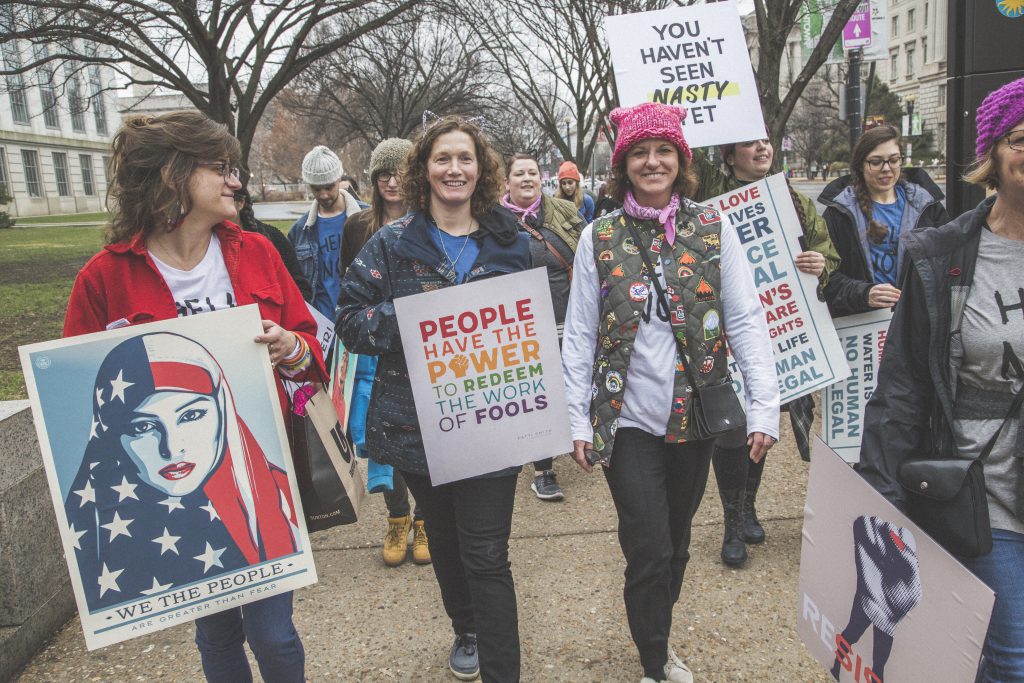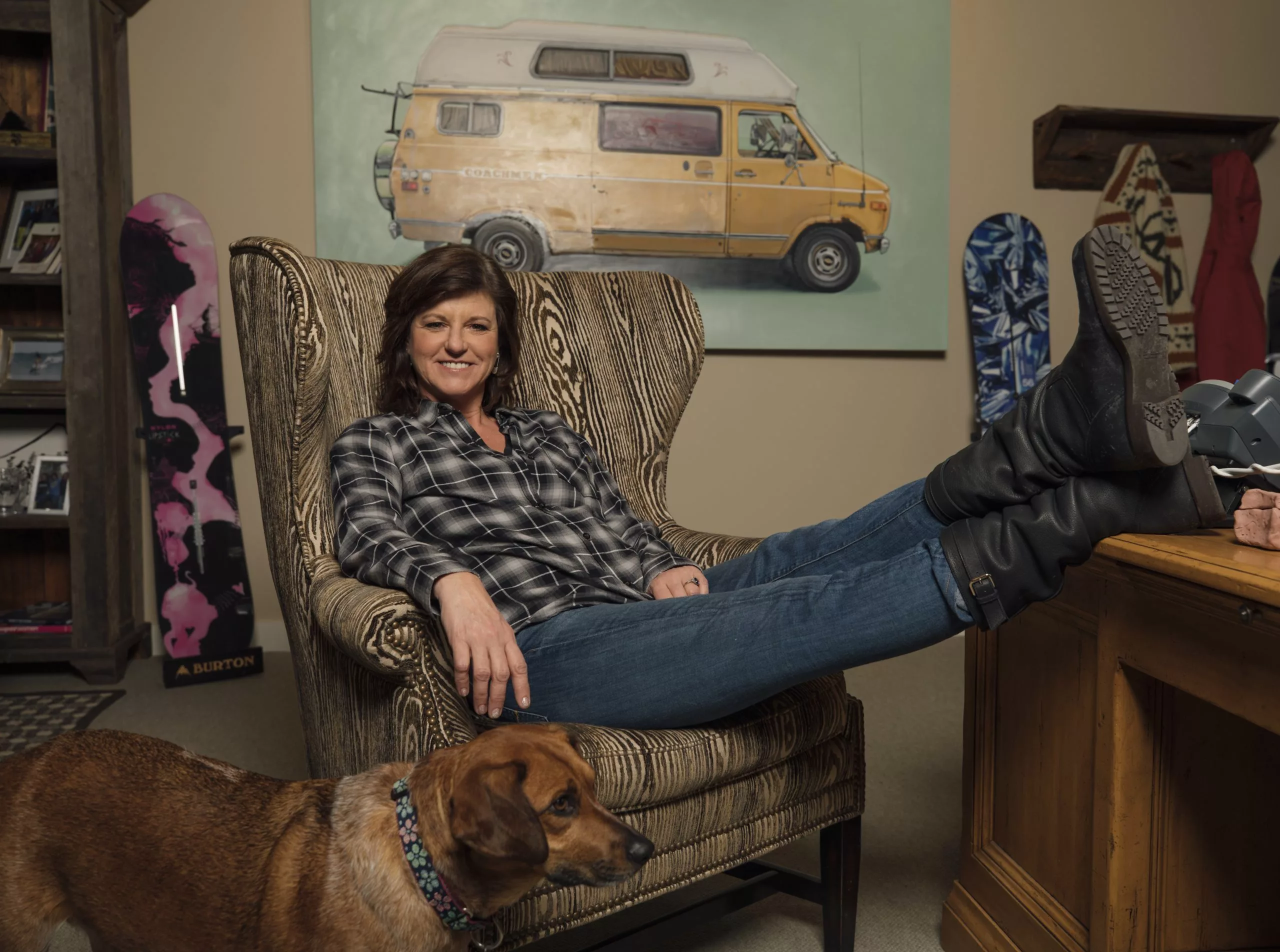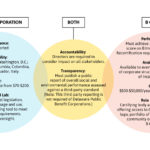Photos by Jesse Dawson
Donna Carpenter knows a thing or two about being a female business leader. She met her husband, Jake Burton Carpenter, in 1981, not long after he started his namesake snowboard venture, and for over 30 years she has played a key role in Burton’s success. In 2016 Carpenter assumed the role of CEO and in 2018 shared her title with John Lacy following his three-year tenure as Burton’s president.
Carpenter describes herself as an “accidental entrepreneur,” and realizes that it took strong nudges of encouragement from her husband for her to believe she was worthy of her ever-increasing responsibility within the company. “It’s typical of women,” Carpenter says of this confidence gap between genders. “With a promotion, a woman will give you five reasons why she’s not ready. A man will give you five reasons why he should’ve had that job yesterday.”

“In the beginning, were excluded from ski areas and we were excluded from their trade shows,” says Burton CEO Donna Carpenter, “so we always saw ourselves as a very inclusive community.”
“With a promotion, a woman will give you five reasons why she’s not ready. A man will give you five reasons why he should’ve had that job yesterday.”
— Donna Carpenter, Burton CEO
Carpenter experienced an aha moment 15 years ago when the company’s rapid growth diluted the team’s diversity and inclusion, stifling innovation and limiting their ability to recruit top talent and grow the women’s side of the business. In the excerpt from our interview with her below, Carpenter explains how Burton’s Women’s Leadership Initiative and other efforts have grown the company’s female leadership from under 10 percent in 2002 to 45 percent today.
“We’ve always had a value of inclusion. That’s always been important to us. In the beginning, were excluded from ski areas and we were excluded from their trade shows, so we always saw ourselves as a very inclusive community.
“Jake and I woke up one day in 2002 looked around a room of leaders, and realized that, out of 25 global leaders, there were only two women. I think Jake knew, at a gut entrepreneurial level, that this was not going to bode well for our company — not just that it didn’t match our values, which it didn’t, but that we were never going to be innovative, or be able to pull from the best talent, or reach the women’s market unless we had women in the room.

In January 2017, Carpenter paid for employees to attend the Women’s March in Washington, DC. “It was an incredibly empowering experience, and everybody came back even more determined than ever to work on gender diversity here.”
“We created the Women’s Leadership Initiative, which was a comprehensive effort and is still ongoing. We looked at how to recruit more women, how to retain them, and how to proactively advance them. We looked at maternity leave but also, more importantly, post-maternity leave. Any woman in our company who’s in a high-profile product-marketing or sales role has to travel, so we put very progressive travel policies in place. For instance, you can take a caretaker with you, and we’ll pay to have a caretaker at home while you’re traveling during the first 18 months of your child’s life.
“We’ve also focused on mentoring. Women said they craved having a mentor. If you’re the only woman in the room, it’s harder to organically develop a mentoring relationship than if you’re ‘one of the guys.’ We started a mentoring program for female employees and launched an all-day women’s leadership training. After about five years, the mentoring program was so successful that we made it co-ed and available to all of our employees. We’ve since built a culture around mentoring and coaching, which all began with this pilot women’s group.
“On the recruiting side, we told hiring managers that they had to have a female finalist for every leadership position they were looking to fill. If they didn’t have a female finalist, they had to go out and find one. If you have two equally qualified candidates, chances are you’re going to end up hiring the woman half the time.
“There were a lot of things that we did that we continue to do to move the needle, and it’s made us a better company. If you ask any guy who works here, he would say that we’ve become more family-friendly and we see employees as whole human beings. We have a mentoring culture. That would never have happened without the Women’s Leadership Initiative.”
SEE ALSO:
Donna Carpenter is one of the 35 World-Changing Women in Conscious Business 2019
Donna Carpenter on the World-Changing Women Podcast
How Burton Evolved From a Passion Project to a Conscious Company





